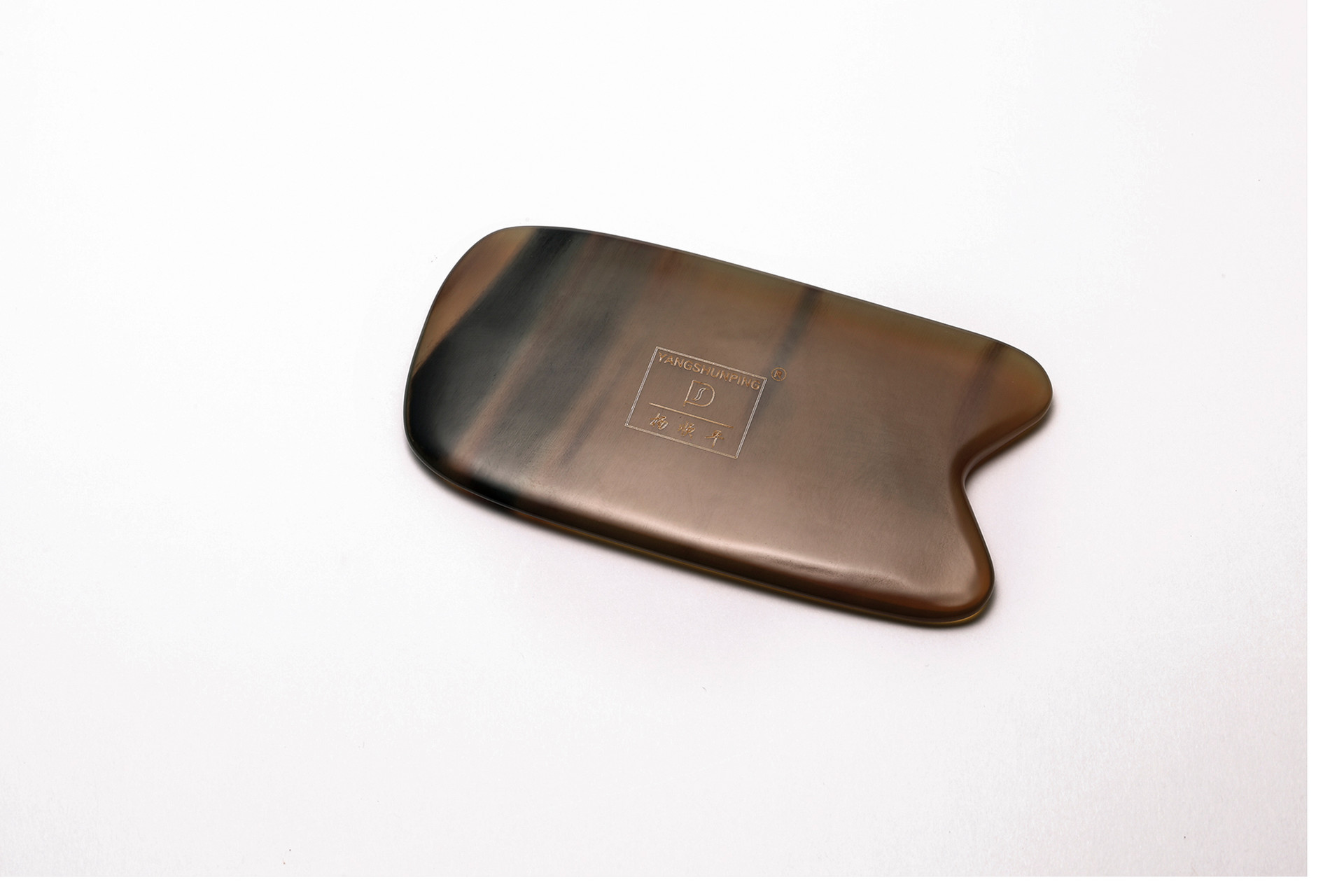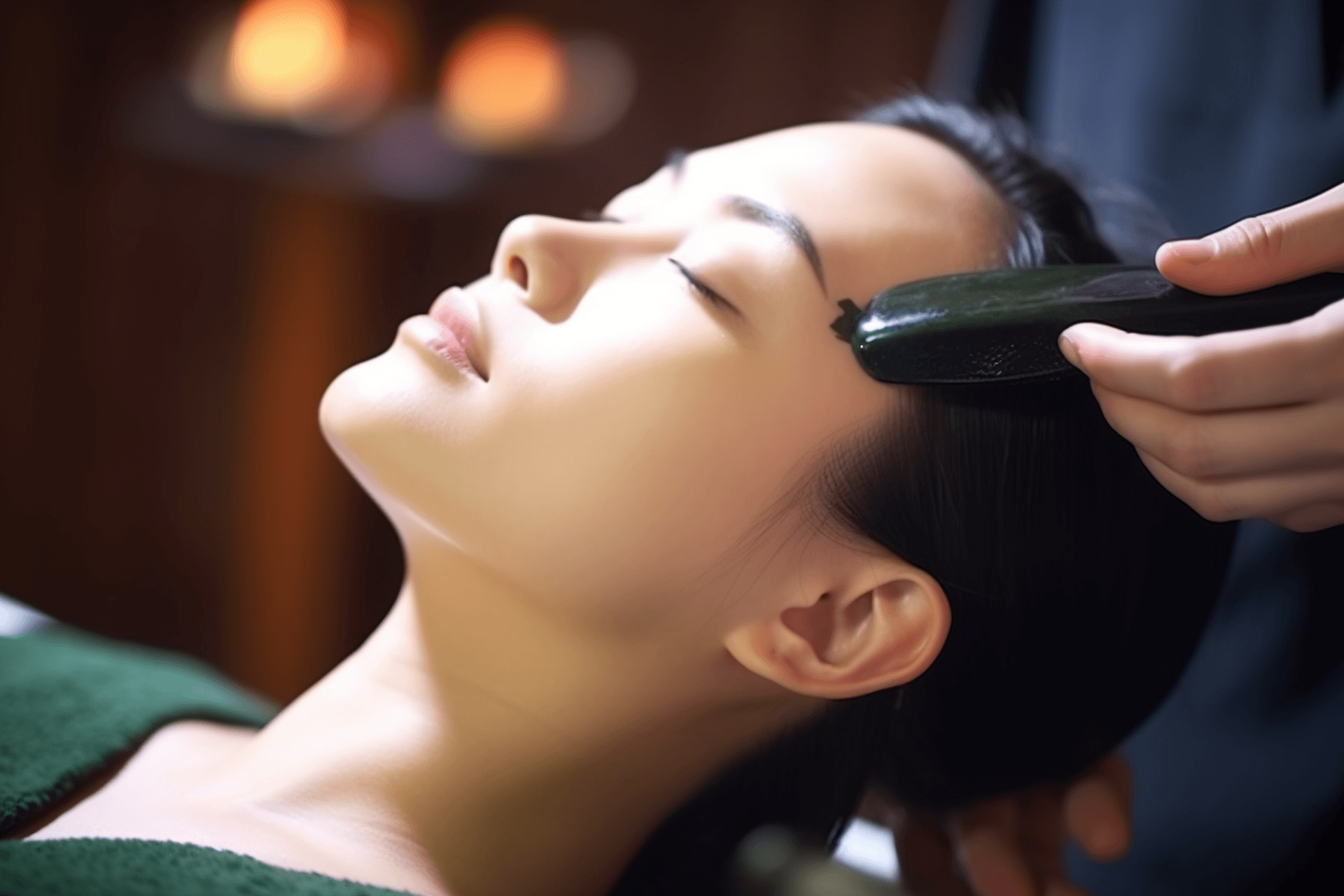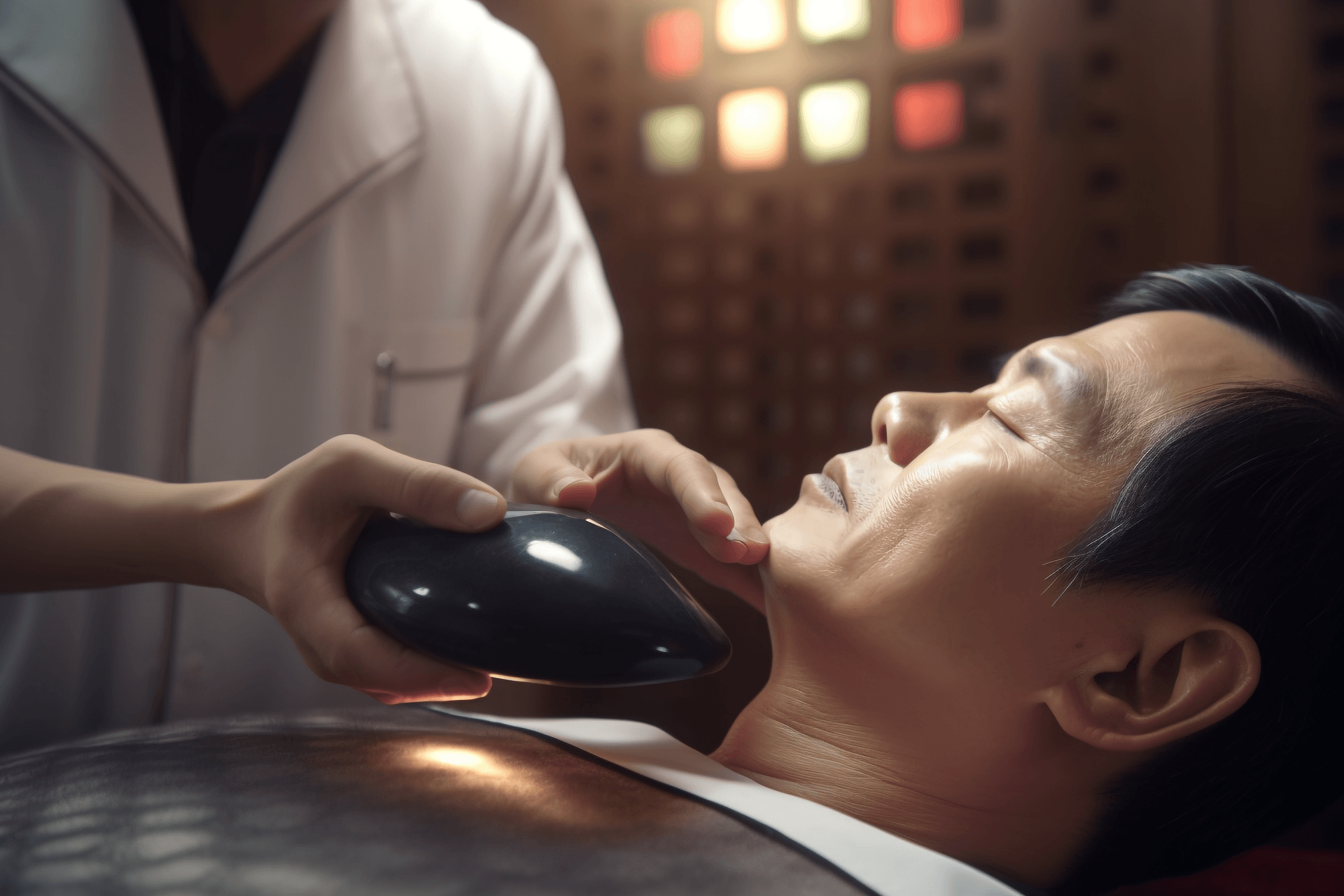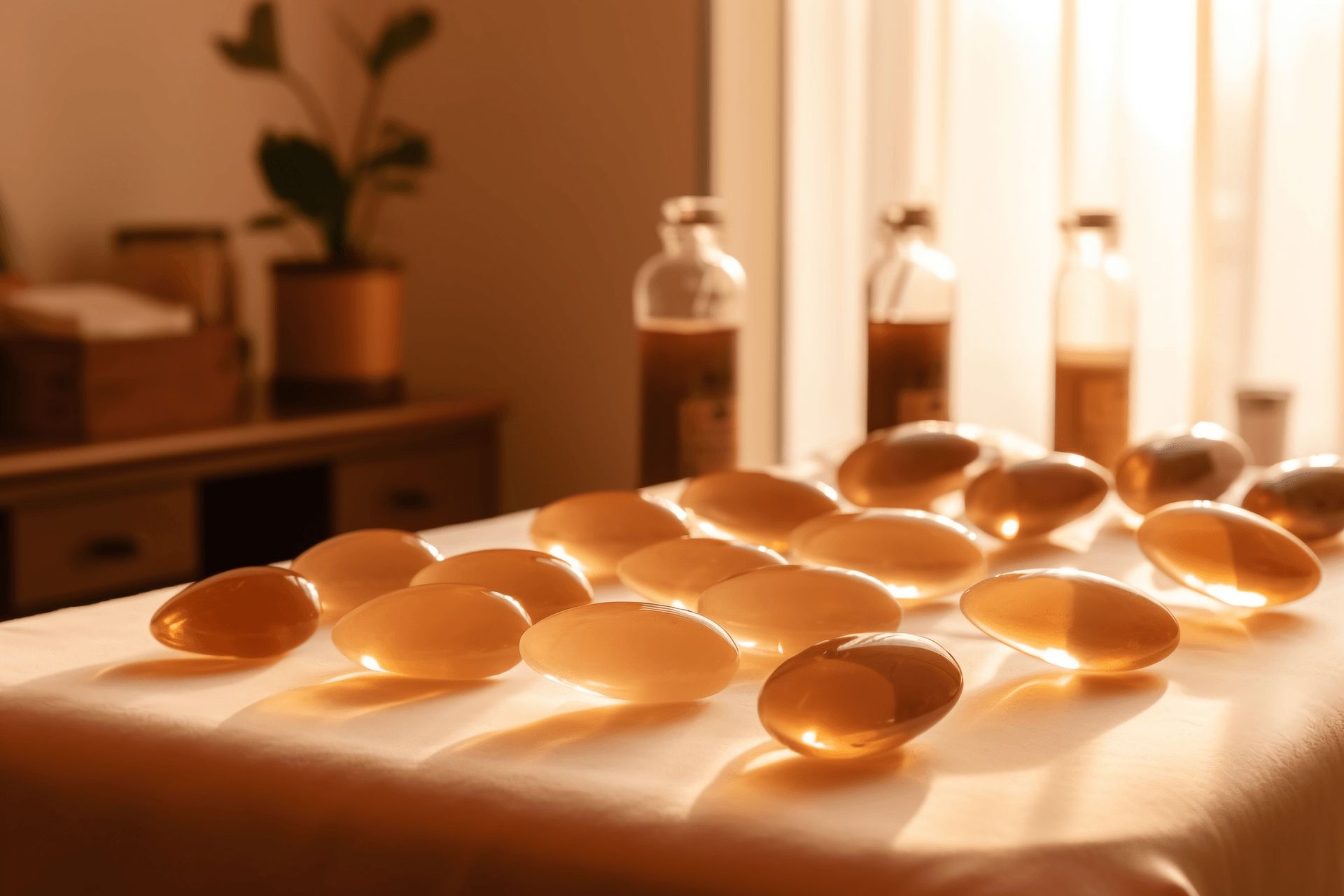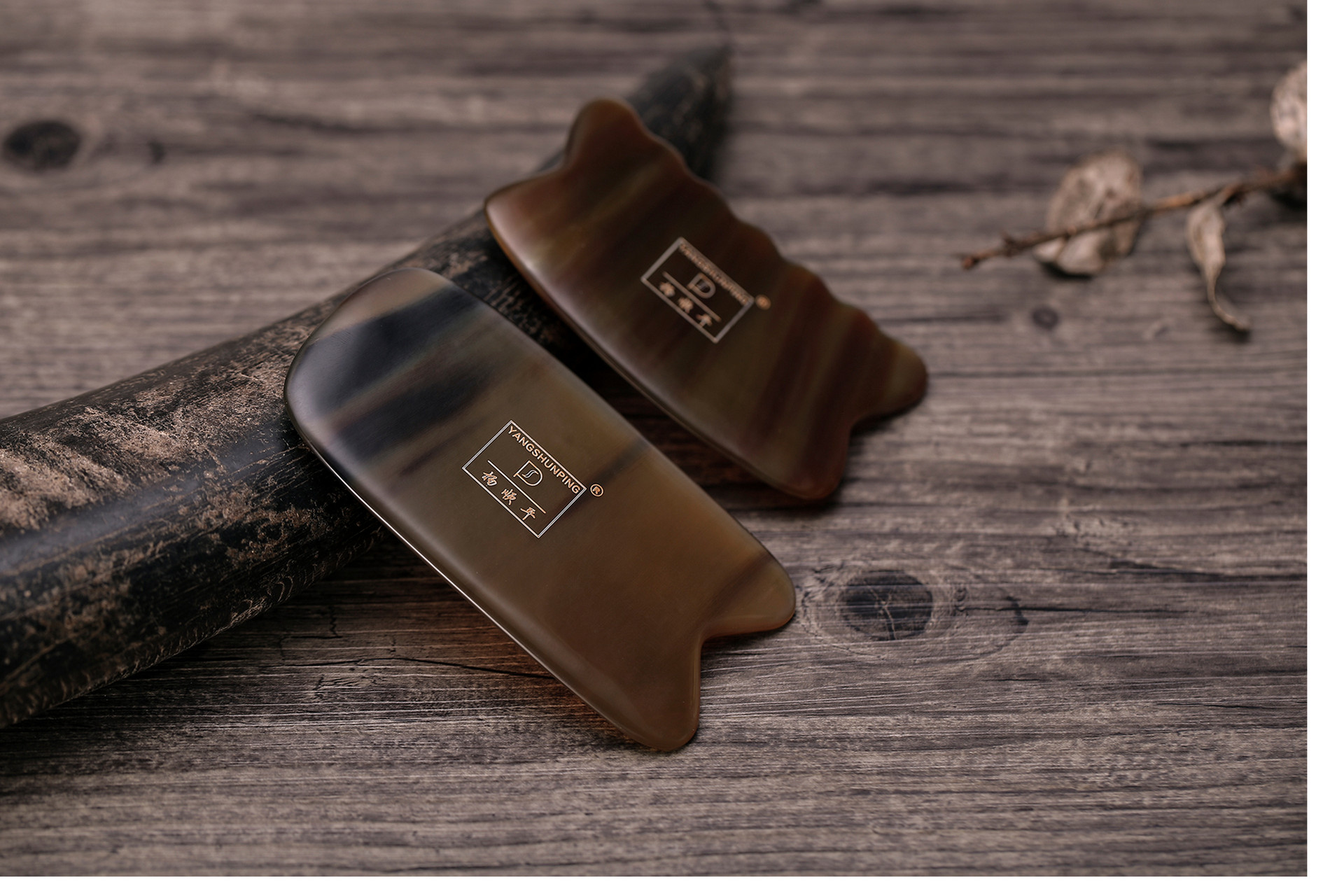Gua sha is a method of treating diseases by repeatedly scraping a specific area of the skin with a gua sha board dipped in gua sha oil. It is based on the principles of traditional Chinese medicine, specifically the twelve meridians and the eight extraordinary meridians. By using strong stimulation on the meridians, the local skin becomes red and congested, which helps to invigorate the mind, detoxify the body, clear heat, promote qi circulation, relieve pain, and strengthen the spleen and stomach.
Gua sha has proven to be effective in treating various conditions such as colds, fever, heatstroke, headaches, gastrointestinal disorders, stiff neck, frozen shoulder, lumbar muscle strain, muscle spasms, and rheumatoid arthritis.
Although gua sha is beneficial, it is important to pay attention to the following issues before and after the treatment to avoid catching a cold or causing new problems:
1. Keep the room warm during gua sha treatment, especially in winter, to avoid cold drafts. In summer, avoid placing the fan directly on the area being treated.
2. Avoid taking a cold shower within 30 minutes after gua sha treatment.
3. Do not perform gua sha on the same area until the sha marks from the previous treatment have subsided. The interval between treatments should be 3-6 days, based on the disappearance of sha marks on the skin.
4. It is recommended to drink a glass of warm water and rest for 15-20 minutes after gua sha treatment to replenish qi and yin.
5. The following individuals should use gua sha with caution or avoid it altogether: pregnant women, individuals with leukemia or low platelet count, those with highly sensitive skin or skin diseases, individuals with congestive heart failure, renal failure, ascites caused by liver cirrhosis, and those with severe overall edema. Additionally, individuals who are intoxicated, excessively hungry, overfed, dehydrated, or excessively fatigued should also avoid gua sha.


